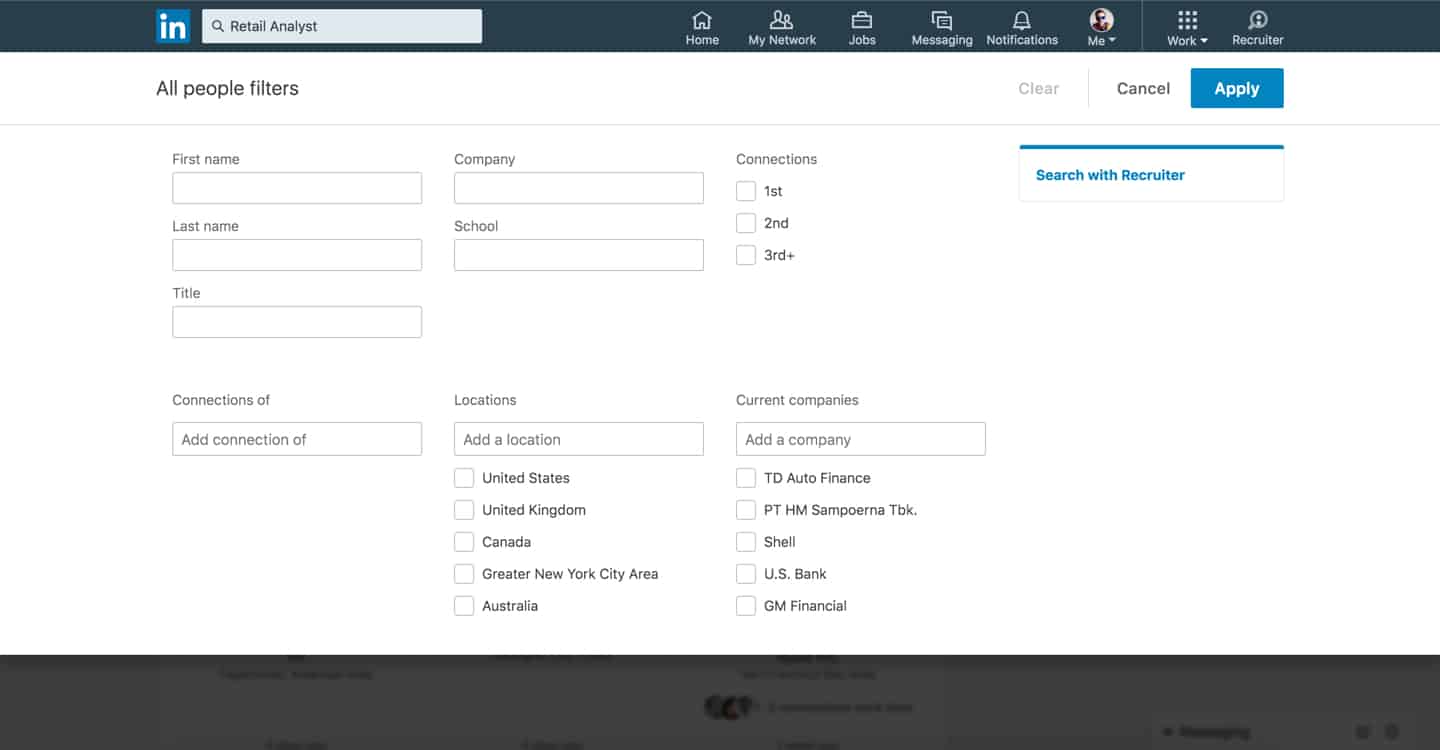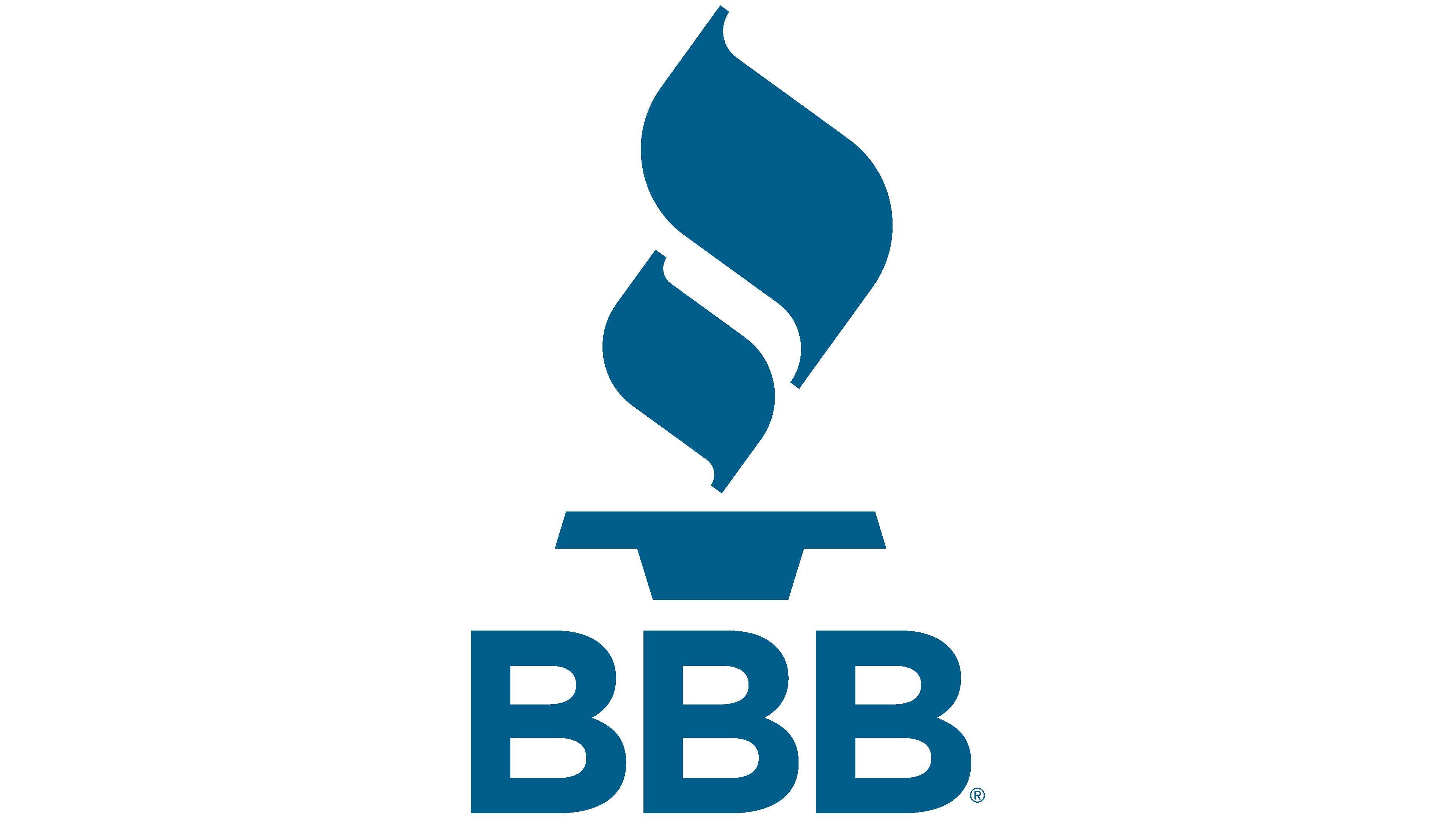LinkedIn members form the world’s largest professional community with an astonishing 414 million users. From the unemployed job seeker and student to the CEO of a large corporation and everything in between, it’s possible to connect with a variety of people.
Have you created your profile yet?
This social media channel is by far the best business networking tool online. Whether it’s finding businesses you want to engage with from a sales perspective, finding high quality talent or building relationships with strategic business partners – it serves a whole range of purposes for the business professional.
Need further proof of its dominance in the online business social networking world? Consider these facts from The Sophisticated Marketer’s Guide to LinkedIn.
- There were 100 million unique visitors per month in Q3, 2015.
- Professionals are signing up to join LinkedIn at a rate of more than two new members per second.
- There are more than 2 million unique publishers actively using the LinkedIn Share button on their sites to send content into the LinkedIn platform.
The numbers are clear. If you want to find strategic business partners for your business, LinkedIn is a powerful starting point.
I am a strong believer in the power of successful business partnerships. I’ve talked before about how to fuel your business growth using digital partnerships. Still, with numbers as large as these, getting started on a platform like LinkedIn can feel daunting. Where do you begin? How do you do it? Here is my step-by-step approach.
1.Know What You Are Looking For
Before you start surfing away on LinkedIn you need to have a plan of action.
The first step is to think about what type of business partner you are looking for. This will reduce the amount of time you spend sifting through profiles and stop you from falling down the rabbit hole of distraction – something we can easily do on social media.
Just like you would create a buyer persona for your customers, think about building a profile for the type of company you want to partner with. This will help you to understand what you are looking for and how your businesses align.
After outlining the type of business partner you need, you must also consider what you want to achieve from the partnership.
Define your objectives before you start your search.
- What are your business goals?
- What do you hope to achieve by partnering with this other business?
- How can you use the business partnership to bolster your own offerings?
By having your objectives in mind when you are conducting your search you will be able to determine if they are a suitable match. This will narrow the pool of candidates and make the initial outreach much easier.
2.Do Your Research
Once you have a firm understanding of the type of partnership you are looking for it’s time to think about keywords.
Keyword research will save you time during the search process.
You already have your business partnership profile so you know what type of company they might be and what industry they are involved in. Use this as a base to start your keyword research. Think about the service you want your business partner to provide.
Here’s an example. If you were a travel company wanting to partner with a local tour company to offer tour packages to your clients you might consider ‘tour guide’ and ‘tour company’ as two of your keywords.
Brainstorm as many keywords as you can. The more you have, the more candidates you can find. This will help you gather a broad range of options.
As well as the industry the business partner is involved in, you might also want to think about their location. LinkedIn lets you drill down into the details using their other search terms. In our case we are looking for local tour guides so we would want to specify the city where our travel company is located.
3. Draft Your Approach
Once you find a handful of potential business partners to approach you need to execute a strategy for contacting them. What are you going to say? How will you make the introduction?
It helps to draft your approach and what you are going to say to them ahead of time. Write a personal note with a brief introduction, what you are contacting them about and how it will benefit them.
Chances are, you will approach more than one company as this will increase the likelihood of receiving a positive response. Take the time to edit and customize each of your initial introductions. You don’t want them to think they are one of many that have been contacted – you want them to feel special – like you have personally chosen them as the one you want to work with.
It’s important to note one of LinkedIn’s limitations in outreach.
LinkedIn won’t let you send someone an InMail you are not connected with (unless you pay for their Premium service), so you will need to request to connect with each person you find first. Only after you’ve made the connection can you paste your personal note into the invitation.
Another limitation is the dreaded character limit. You only have 300 characters to work with, so your note is going to have to be short and snappy. Make sure you get to the point quickly and clearly.
4. Get Down To Business – Search, Search, Search
With the keywords identified and your message drafted you can start entering terms into the search bar at the top of LinkedIn.
When you enter your keywords you will see that LinkedIn makes some guesses at what you are looking for just like Google. These search terms may be keywords you want to add to your list so pay attention to them.
Here’s what you’ll see when you start typing in your search terms.
The results will be from the complete LinkedIn community. It will include people, companies and groups. On the surface, you can see that some of these are not a good fit. For example, you might not want to connect with a business who doesn’t use English as their primary communication method if you’re not bilingual.
Work through each of these to find a suitable connection.
As mentioned before, if you are looking to partner with a local business you will need to narrow your search. You can do this by adding a location in the search bar on the left hand-side of the page.
You can also find a heap of other ways to narrow your search here too, such as industry and company size.
Once you have refined your results it’s a good idea to check for first degree connections. These will be shown under ‘Relationship’ in the search bar on the left. These are people who you are already connected with, so they should be the ones you contact first – after all, they already know you.
Make sure you look on their LinkedIn profiles and company page, as well as their own website. This will help you establish if they are a suitable partner for your needs.
If they feel like a good fit check to see if you have any common connections that you can use to make an introduction for you. Use this to your advantage.
With groups, look to see who the members are and read the recent posts. If the group seems like it contains connections which might be a good fit join the group and begin contributing.
Takeaways
LinkedIn is a powerful tool to help you find strategic business partners, but make sure you do your homework first.
Before you start searching you must clearly understand what type of strategic business partner you are looking for, what objectives you want to achieve and how the partnership will be of benefit them.
Identifying your keywords will help you to find the right connections when you begin your search, so don’t ignore this step.
If you follow the 4 steps I have outlined here you will be well on your way to securing something meaningful. They will also help you save a lot of time.
We’ve personally used LinkedIn to partner with PR firms, ad agencies, software developers and accounting firms using these exact strategies.
Remember to keep in mind that the people you are connecting with will be checking out your own LinkedIn profile too. Make sure it is something you are proud of – you need to come off as being professional.
Want a helping hand getting started with this approach? We can help. Contact us for a free business consultation to determine the best method for finding potential business partners on LinkedIn for your company.




























